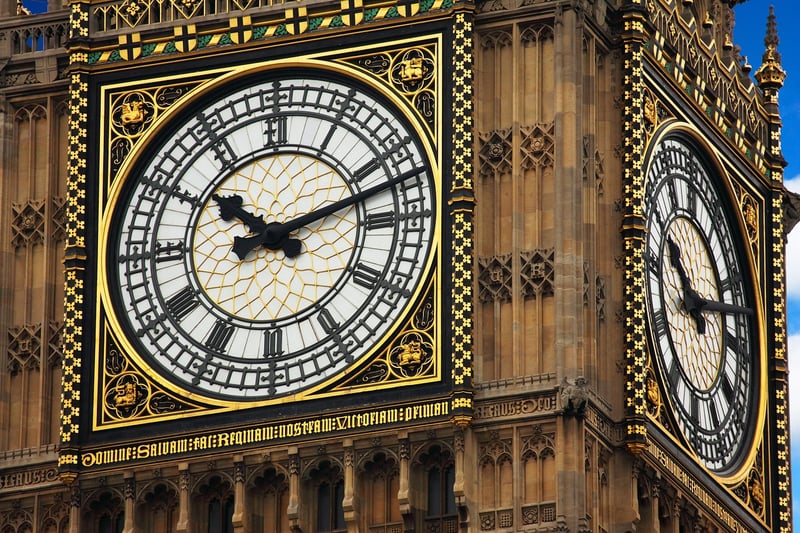Chronology Protection Conjecture
Understanding Time Regulations and the Chronology Protection Conjecture

Time Regulations
Time regulations refer to the laws and restrictions that govern the manipulation and travel through time. While time travel is a popular concept in science fiction, real-world regulations aim to address potential paradoxes and ethical concerns that could arise from altering the past or future.
Key Points about Time Regulations:
- Temporal Paradoxes: Regulations often aim to prevent paradoxes such as the grandfather paradox, where a time traveler could prevent their own existence.
- Ethical Considerations: Time regulations may also address ethical dilemmas related to changing historical events or impacting the future course of events.
- Regulatory Bodies: In some fictional and theoretical scenarios, regulatory bodies or organizations oversee and enforce time travel laws.
Chronology Protection Conjecture
The Chronology Protection Conjecture is a hypothesis proposed by renowned physicist Stephen Hawking. It suggests that the fundamental laws of physics prevent the occurrence of time loops or changes to the past that would create paradoxes.
Key Points about the Chronology Protection Conjecture:
- Consistency Principle: The conjecture is based on the idea that the laws of physics inherently prevent any changes that would disrupt the chronological consistency of events.
- Closed Timelike Curves: The conjecture addresses the theoretical concept of closed timelike curves, which could allow for time travel but might lead to logical inconsistencies.
- Debate and Research: The Chronology Protection Conjecture continues to spark debate and research in the field of theoretical physics, exploring the nature of time and its potential manipulation.
By understanding time regulations and concepts like the Chronology Protection Conjecture, we delve into the fascinating intersection of science, philosophy, and imagination that surrounds the concept of time itself.
For more information on time regulations and related theories, you can explore further resources from reputable scientific organizations and research institutions.
Image Source: Pixabay
